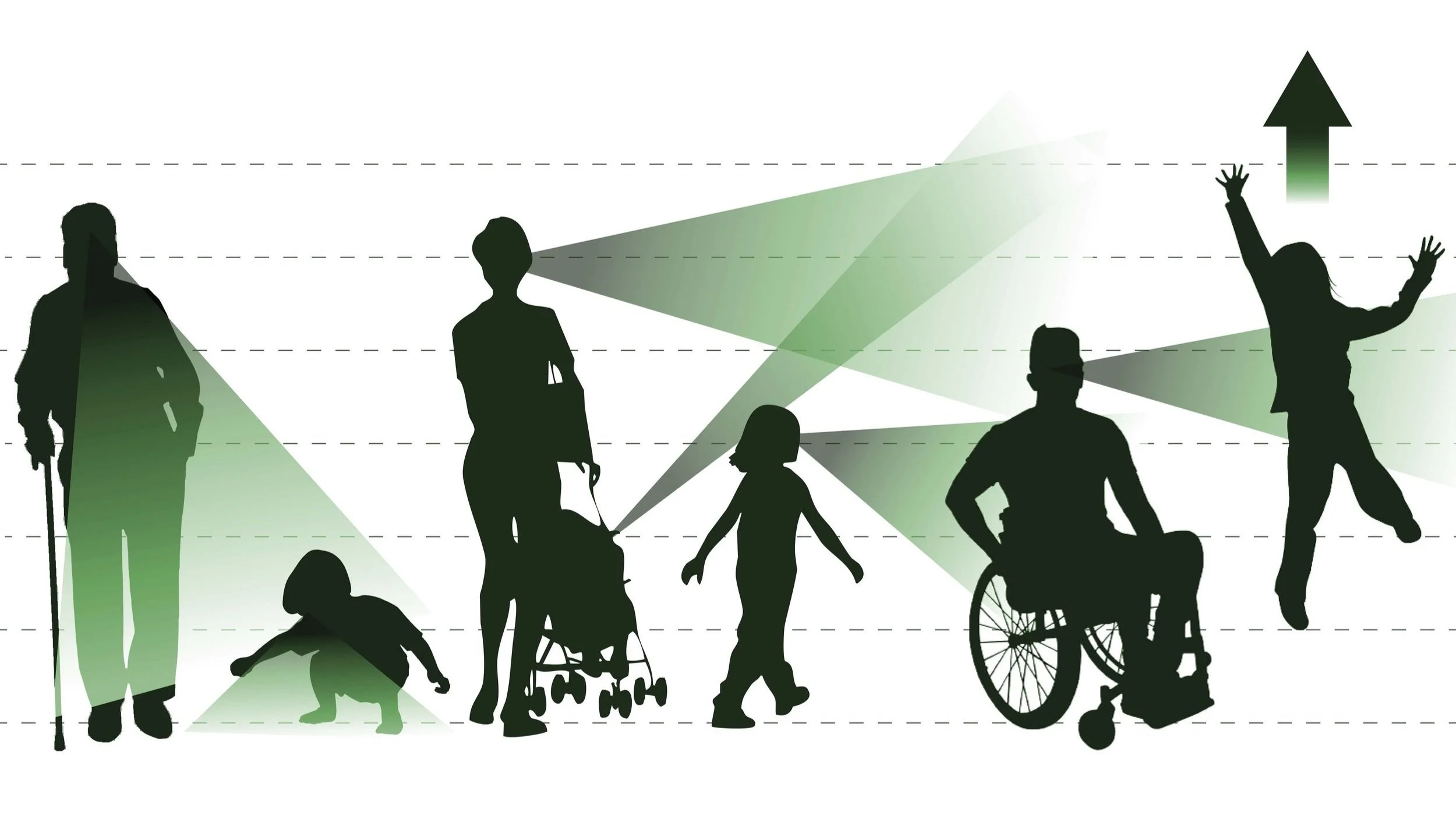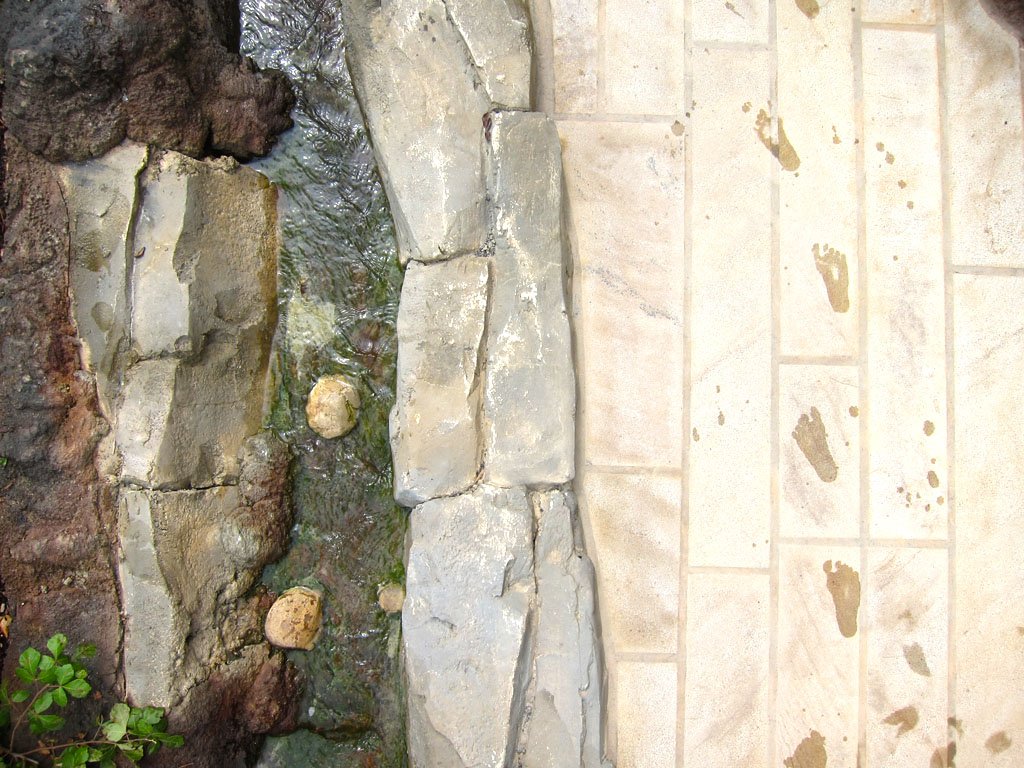Re-Imagining Play
“The experience of playing in a garden filled with plants and life is very different from the sterile feeling of a playground. Play in nature is unscripted and open-ended. We believe nature is rich and magical. It spurs endless discoveries and memories.”
Children learn about the world through their bodies, not by reading signs. They understand space with their senses, discovering by moving over, under, and through.
To reconnect children with nature, we believe that the typical plastic playground must be re-imagined. Playing in a garden engages children with nature and combats nature deficit disorder. By designing immersive children’s gardens, we are providing much-needed opportunities for exploration, discovery, engaging senses, and learning through play.
Scale & Inclusivity
Each human body is different. This distinction is especially drastic in children of varying ages and abilities. Every group requires different accommodations for movement, speed, reach, strength, and interest. The needs of every group should be met in a children’s garden – including caregivers, as some may have limited mobility. Resting places and inclusive design allows caregivers to experience the magic of the garden alongside the children they are with.
Types of Play
Immersive play invites exploration and discovery, allowing children to learn on their own. When children individually explore at their own pace, along their own interest, they will discover and understand something new. This non-scripted way of learning is emotionally grounding and creates lasting memories. Immersive experiences engage the senses and allow children to more closely connect to nature.
Social play brings children and educators together in a group setting that promotes active, guided learning. To serve this purpose we design garden spaces and landscape elements that account for various scales and conditions across the seasons such as to promote comfort, diversity and inclusivity.
Dramatic play invites children to transform the space they inhabit and take ownership of it. A few children can create a world of their own with only a few simple building blocks, props, or loose parts staged within a garden. These can simply be costumes or loose branches to build a fort. Creating interactive spaces allows children to take ownership: it is a catalyst for imagination and ingenuity.
Storytelling & Learning Through Play
Artful elements in a garden create unique moments that reveal a story and convey a sense of place. When finding a story to tell, we take inspiration from the region we are designing within. Much of this inspiration comes from the natural systems such as geology, hydrology, and ecology of the region, or we may draw from the cultural heritage as well. We discover what is unique, hidden, and exciting about your area and use artful elements to spur questions and reveal answers. Telling the stories of nature through design allows for a much more immersive environment encouraging learning through play.
Childhood’s Gate at the Penn State Arboretum reveals the story of water in Pennsylvania, where rivers flow against mountains. Plate tectonics created faults leading rivers to cut directly through rock, forming a series of ridges enclosing fertile agricultural valleys. The garden tells the story of water in this region from caves, water drips, pools, and streams. As children follow the water, they understand the temporal qualities of water and discover water carving through rock. They also learn about water’s importance for agriculture – a foundational aspect of Pennsylvania’s recent cultural history.









